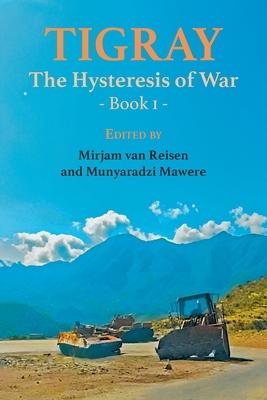The Tigray War (2020-2022) may have claimed as many as 700,000 lives. Fought between the national defence forces of Ethiopia and Eritrea and the Tigray Defence Forces, the conflict unleashed horrific atrocities on civilians, including widespread massacres. The war was shrouded in secrecy due to a communications blackout and a siege on Tigray, making it nearly impossible for people in the region to report on events and for the outside world to grasp the scale of the tragedy. This book, the first in a three-part series, uncovers Eritrea's concealed role in the war, including its involvement in massacres and particularly cruel and inhumane sexual violence. These acts were designed not only to terrorise, but to break the spirit of the Tigrayan people, with the aim of erasing Tigray as an ethnic and cultural group. This book also explores how the war has fundamentally altered the Tigray region-a transformation that may be difficult to reverse-described through the lens of the concept of hysteresis. Drawing on a collaborative investigation between universities inside and outside Ethiopia, and primarily employing an ethnographic approach, the study concludes that genocide may have occurred in Tigray. The international community, it argues, has a duty to investigate these claims.

Tigray: The Hysteresis of War: Book 1
The Tigray War (2020-2022) may have claimed as many as 700,000 lives. Fought between the national defence forces of Ethiopia and Eritrea and the Tigray Defence Forces, the conflict unleashed horrific atrocities on civilians, including widespread massacres. The war was shrouded in secrecy due to a communications blackout and a siege on Tigray, making it nearly impossible for people in the region to report on events and for the outside world to grasp the scale of the tragedy. This book, the first in a three-part series, uncovers Eritrea's concealed role in the war, including its involvement in massacres and particularly cruel and inhumane sexual violence. These acts were designed not only to terrorise, but to break the spirit of the Tigrayan people, with the aim of erasing Tigray as an ethnic and cultural group. This book also explores how the war has fundamentally altered the Tigray region-a transformation that may be difficult to reverse-described through the lens of the concept of hysteresis. Drawing on a collaborative investigation between universities inside and outside Ethiopia, and primarily employing an ethnographic approach, the study concludes that genocide may have occurred in Tigray. The international community, it argues, has a duty to investigate these claims.